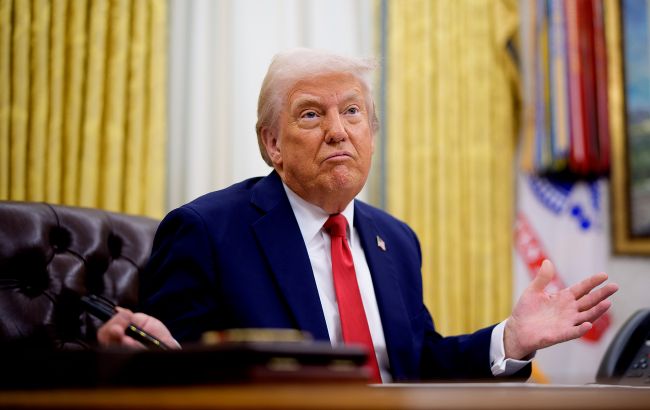The IMF has raised its global GDP growth forecast to 3.2% in 2025 on weaker tariffs and AI boom, but warned that a new US-China trade war could cut growth by 1.8%.
IMF raises economic growth forecast to 3.2%, warns of trade war risks
The International Monetary Fund has raised its global economic growth forecast for 2025 to 3.2% — from 3.0% in July — noting that the impact of tariffs and financial conditions has been softer than expected.
The global economy has been supported by a weaker dollar, fiscal stimulus in Europe and China, and a boom in investment in artificial intelligence, IMF Chief Economist Pierre-Olivier Gourinchas said.
“It’s not as bad as we feared, but it’s worse than we expected a year ago — and worse than we needed,” Gurinchas said.
The IMF expects global GDP to grow by 3.1% in 2026, unchanged from its July forecast.
Trade risks: The threat of a new US-China war
The IMF’s optimism is tempered by escalating tensions between Washington and Beijing. US President Donald Trump has threatened to raise tariffs on Chinese goods to 100%, potentially triggering a new trade war.
The IMF estimated that if average tariffs rise by 30% for China and 10% for other key markets, global growth could fall by 0.6% by 2028, and in the case of larger-scale effects, by 1.8% by 2027.
“If that happens, the implications for the global economy will be significant,” Gurinchas told.
The U.S. and Europe show resilience
Despite tariff risks, the U.S. economy remains resilient, with the IMF expecting GDP to grow by 2.0% in 2025 and 2.1% in 2026, driven by fiscal stimulus, loose financial conditions and investment in AI.
In the eurozone, the growth forecast has been upgraded to 1.2%, mainly due to fiscal expansion in Germany and strong momentum in Spain.
Japan has received a boost to 1.1% in 2025 on the back of rising wages and consumption, although growth will slow to 0.6% in 2026.
China remains a problem node
The IMF left China’s growth forecast unchanged at 4.8% in 2025 and 4.2% in 2026, warning of risks in the real estate sector and the possibility of a debt-deflation trap.
“China’s financial stability remains at risk, demand for credit is weak, and investment in real estate is declining,” the report said.
Inflation is slowing, but unevenly
The IMF forecasts global inflation at 4.2% in 2025 and 3.7% in 2026. However, the situation varies across countries:
- inflation in the United States will rise due to the passing on of tariff costs to consumers;
- inflation is expected to decline in China, India and Thailand due to weaker growth.
The IMF calls the current situation “better than feared, but worse than needed.” The main risk factor remains the possible escalation of the trade war between the US and China, which could nullify the effect of AI investments and fiscal stimulus.
Related: Trump started a trade war with China and disrupted a meeting with Xi Jinping over “unusual emails”












